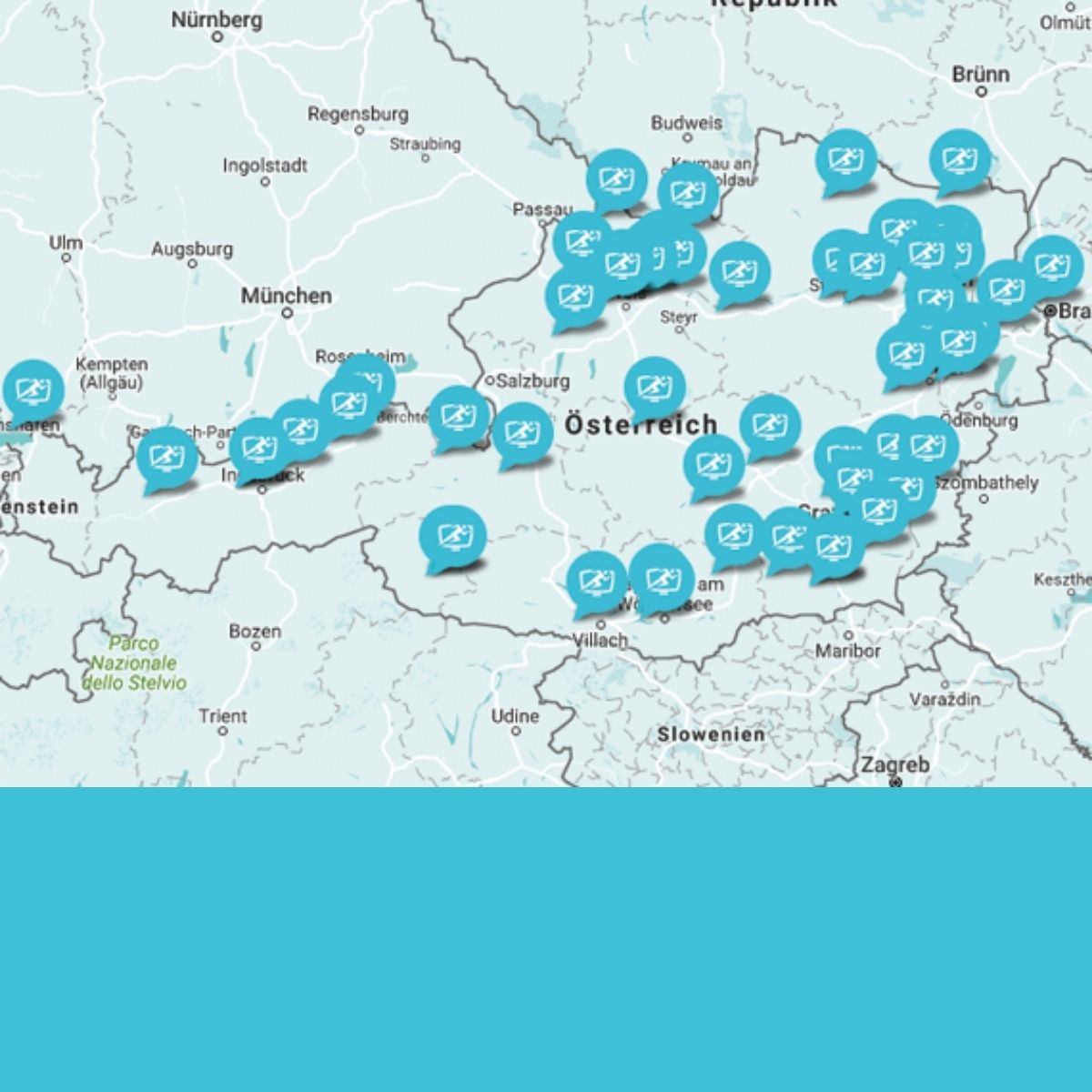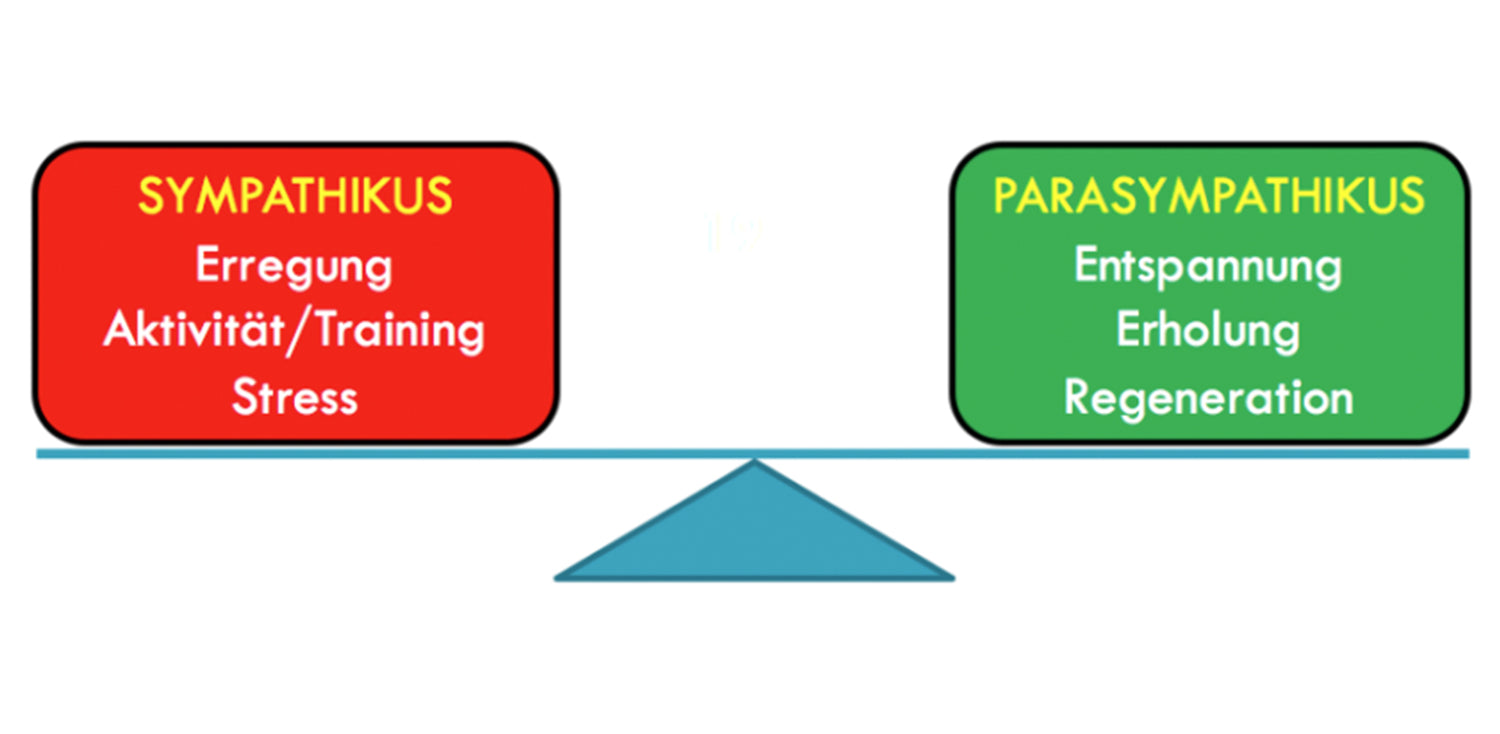Interpret sympathetic and parasympathetic nervous system correctly
The different modes of action of the two autonomic antagonists (sympathetic and parasympathetic nervous system) are very important for the interpretation of heart rate variability!
An increasing activity of the parasympathetic nervous system has an accelerating effect on the sequence of heartbeats and subsequently also causes a decrease in the variability of the beat intervals. However, these two mechanisms are not completely coupled to each other, since even with a higher pulse, a stronger activation of the parasympathetic nervous system can also result in an increase in variability.
If we take a closer look at how the sympathetic and parasympathetic nervous systems work, we can see the following connection: the stress hormone norepinephrine triggers a slow change in the heartbeat sequence. The latency period is several seconds and the maximum of the mode of action is 30 seconds. The transmission hormone acetylcholine of the parasympathetic nervous system leads to a significant change in the functioning of the heart after only 150 milliseconds, reaches its maximum after 2 seconds and can be changed at any time.
The HRV and the vegetative counterparts
The important thing for the interpretation of heart rate variability is the fact that sympathetic signals only lead to delayed reactions at the heart, but the parasympathetic nervous system can regulate in real time. Thus, the parasympathetic nervous system is the autonomic component responsible for rapid regulation at the heart. The sympathetic nervous system provides only a very sluggish response.
In standardized short-term measurements of HRV, this relationship can be used very profitably for an interpretation. Changes in the average value of a measurement (heart rate) indicate the activity of the sympathetic nervous system, changes in the variation range of the intervals between heartbeats (heart rate variability) provide information about the momentary activity of the parasympathetic nervous system. However, this interpretation is only valid for standardized resting measurements! And of course in relation to "normal values" of a person. Therefore a calibration to an organism is absolutely necessary!

With the morning measurements this differentiation can be used very well, whereby an interpretation can be made in the direction of the position of sympathetic and parasympathetic nervous system. With systematic development, a processual happening can be recognized earlier! For this, however, the measurements must be carried out cleanly and reliably in any case.












Leave a comment
All comments are moderated before being published.
This site is protected by reCAPTCHA and the Google Privacy Policy and Terms of Service apply.